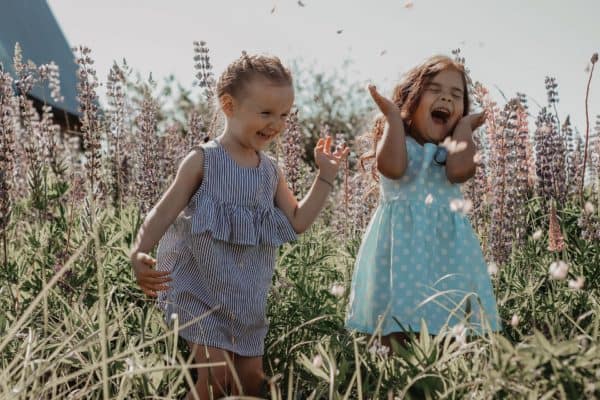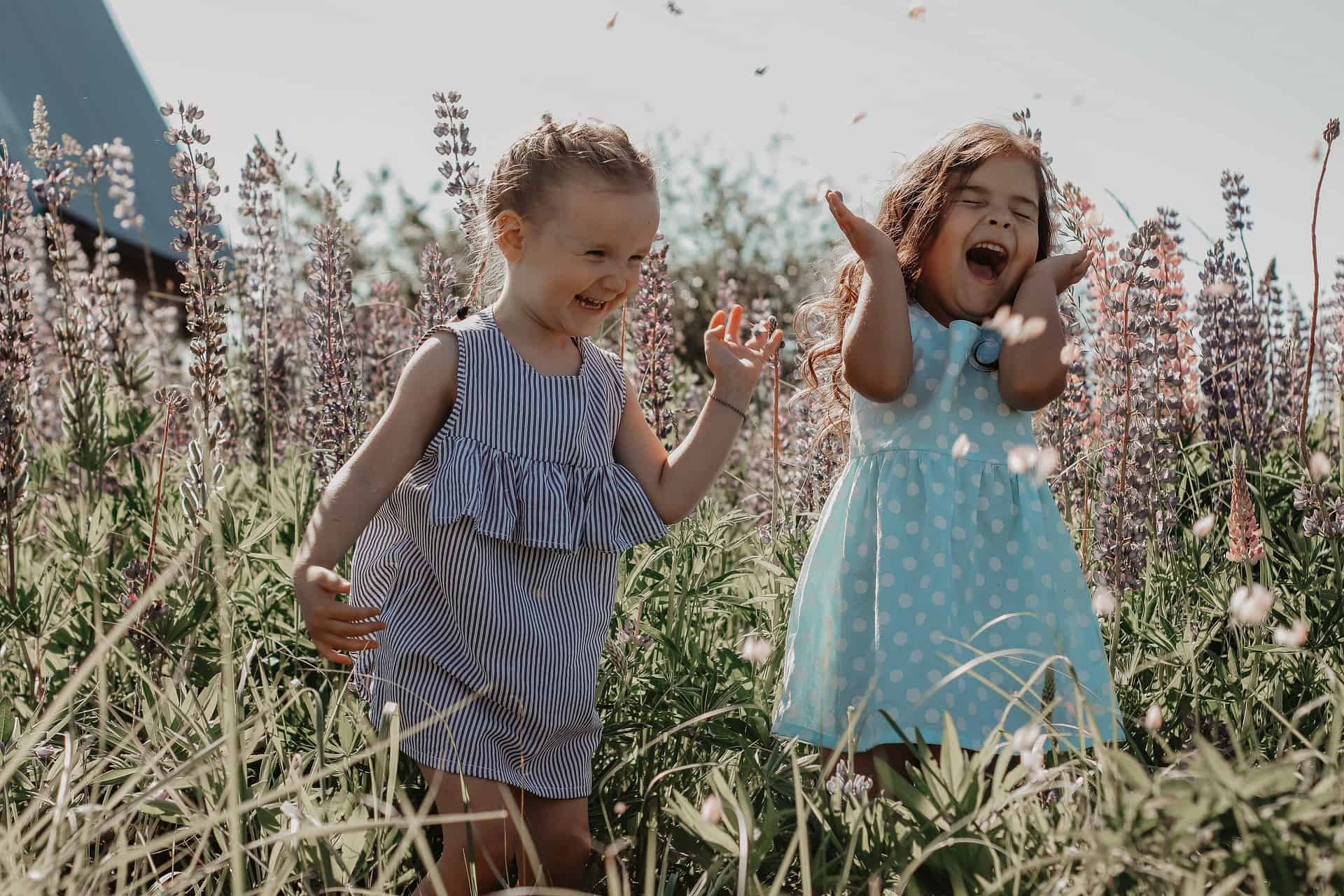With so many gadgets around today, not to mention the pull of the internet and screens in general, it feels more important than ever to get children out into nature.
Going for a walk alongside a river, in a woodland and on a beach isn’t just healthy, it’s also inspiring and provides children with a different perspective on life. But how do you make sure they’re going to love what they see and be as fired-up about it all as you were when you were young? Well, here’s some tips right here:
Start as babies
Get your toddler to sit and listen to nature with you. It could be the babbling of a nearby brook, the call of certain birds or the swishing of trees on a windy day. Whatever it is, get them to listen intently and tell them what’s making the noise.
Go on nature treks one-on-one
Take your child to woodland, beaches and wetlands – just you and him or her. Take binoculars or a monocular and a notebook to jot down what you’ve seen and heard. If they enjoy art then your child might want to draw what you’ve seen too.
Take a camera too, to capture some of the beautiful fauna and flora you may encounter. That way you can go over it all again at home, reinforcing the names of birds, wildlife or flowers (you can do this with the drawings too, of course, but it’s even more immediate with a photograph).
The reason why it’s best if your child doesn’t bring along friends is it can be too distracting for them, since they’ll want to play rather than learn – and this is an educational experience.
Buy a topographical map
Having a topographic map to refer to is a great way to reinforce where you’ve been and what you saw there. You can mark the bits you’ve already been and write comments, also explore and plan other areas. Take a copy of the map to refer to when you’re exploring (it’s best to laminate it otherwise it’ll become dog-eared pretty quickly). The reason for doing this means that your child gets to know his or her surroundings well and, hopefully, appreciates them.
Write up a checklist
Produce a checklist of the kind of birds, wildlife, flora and fauna that your child can expect to find in the area. Encourage him or her to tick off items on the list and take photographs at the same time. Competitive kids love this game and, at the same time, it gives them an understanding of different bird and animal habitats.
Get them to supervise
Make your child in charge of a part of your garden. This could mean making sure there’s water for the birds, that there’s no rubbish or leaves clogging up pipework or patches. They might even want to start growing vegetables there.
@thimbleandtwig: “If space permits, planting vegetables and flowers can be a great way to teach kids about where their food comes from while at the same time getting them excited to try a plethora of new fresh fruit and veggies.”


